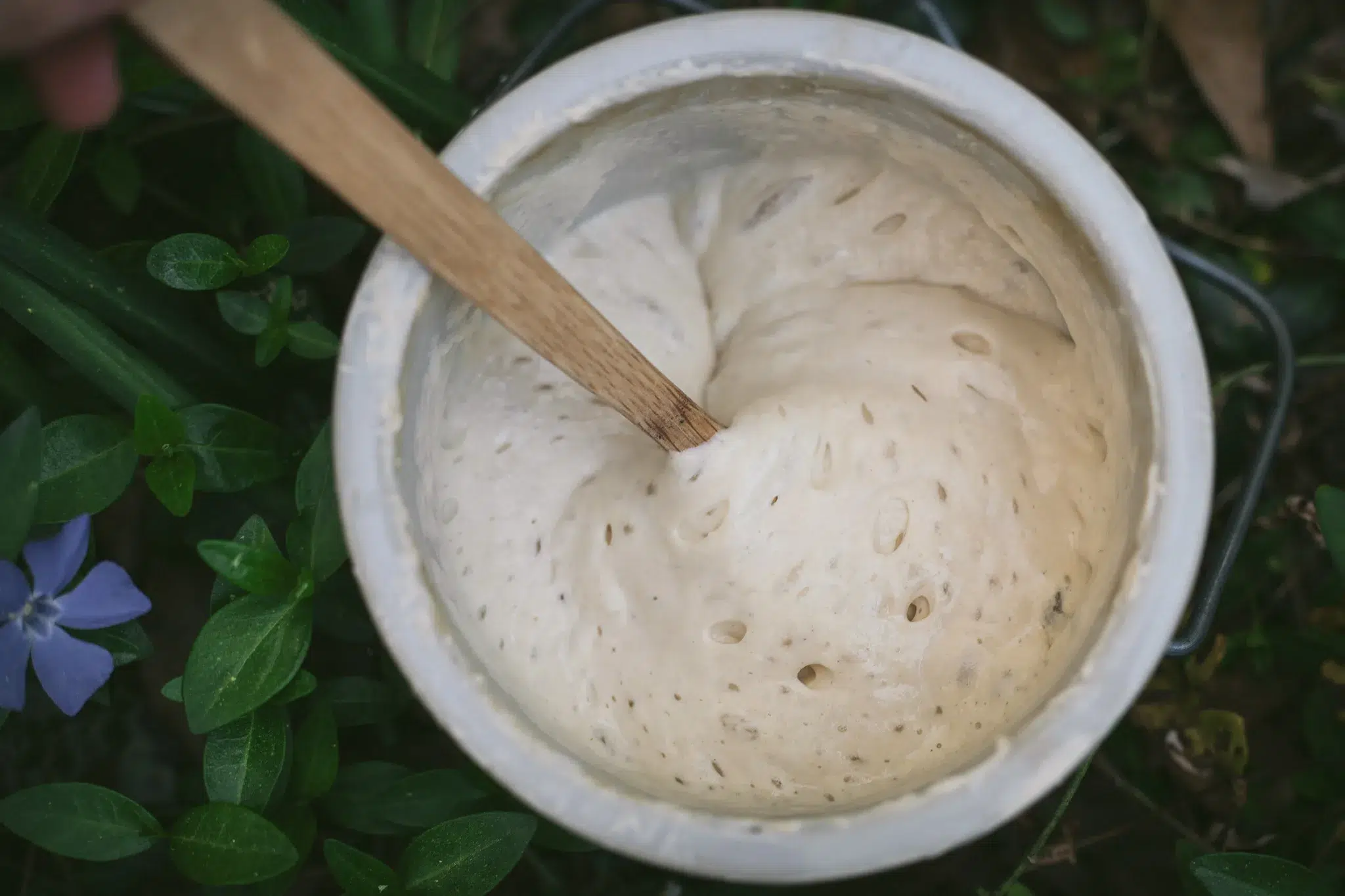
If you’re struggling with your sourdough starter, it’s always good to have a few tips and tricks up your sleeve. I’ve learned all these tips over the past five years of keeping a starter and developing sourdough recipes. As you become more comfortable with this process, you will find out what works for you and develop your own sourdough starter tips too! As always, don’t give up on your starter if it’s looking sad. Many people want to say their starter is “dead”, but that is very unlikely. Keep the faith and try out all these tips before you do anything drastic!
This post may contain affiliate links, which means I make a small commission at no extra cost to you. You can view my Privacy Policy Here.
Feed it more flour than water
One of my original sourdough starter tips is feeding it more flour than water so that it becomes fairly dense, like a thick muffin batter. This gives the existing starter lots of food to eat. If your starter is sad and flat, then it is likely hungry for a good meal.
Place in a warm spot to rise
Heat promotes fermentation, so keeping your starter between 70-80 degrees F is really helpful to get it active and happy. To do this, I will sometimes place it in a sunny window, near a warm vent, on my porch on a warm day, or on top of a preheating oven. Be careful not to let your starter get too warm though or the bacteria will die or you could accidentally bake it!
Activate by aggressively stirring
Just like kneading dough, starter sometimes needs to be activated for the gluten strands to develop. If your starter isn’t rising well, give it a really intense stir before and after feeding to reactivate the wild yeasts in there.
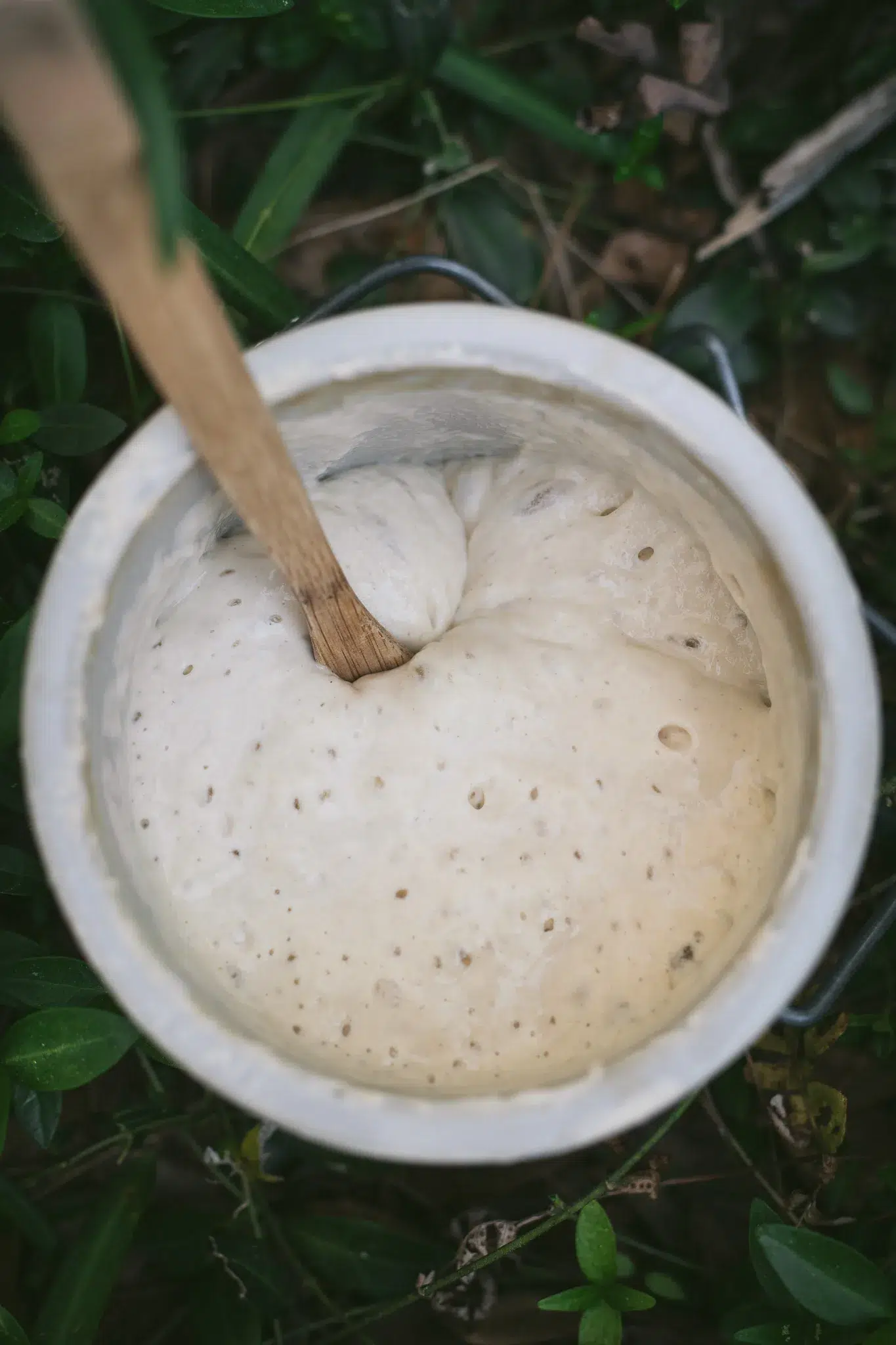
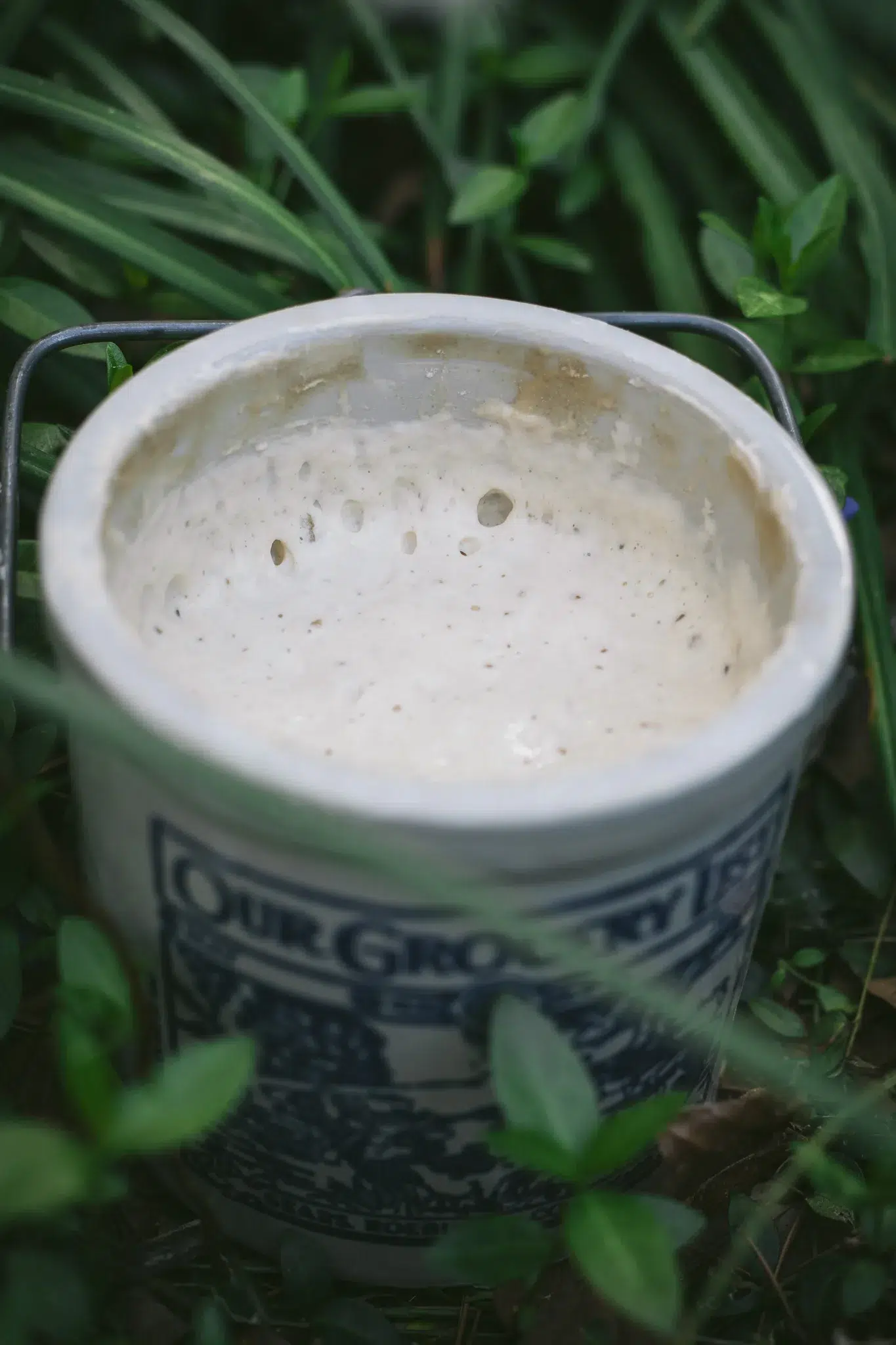
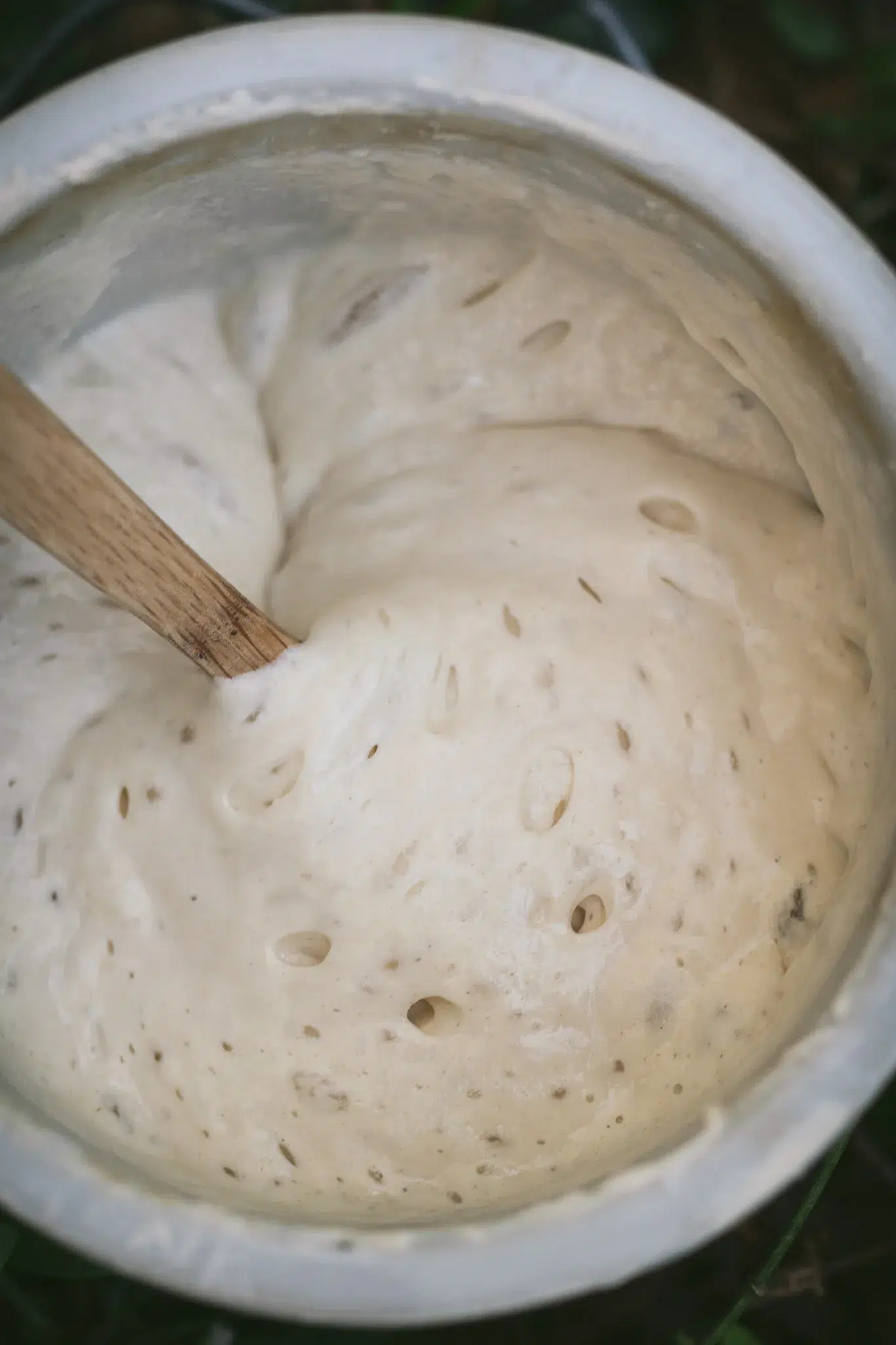
Add Rye
Rye flour contains a higher level of amylase than most flours which helps it to break down the starches present into sugars. This process feeds the starter’s microflora leading to stronger flavor and faster fermentation.
Let it rest when moving slow
You know what they say: a watched starter never rises. Well, that’s not actually true, but patience is critical in this process. Sometimes it takes 24-48 hours for a starter to start activating after being fed. If you get antsy and feed it again before it’s had the chance to eat its last meal, you can stifle its progress. So give everything a day or two after feeding before following the rest of these sourdough starter tips.
Store in a ceramic crock
Ceramic retains heat better than glass, so storing in this kind of container is one of my best and most aesthetically pleasing sourdough starter tips. Trust me, when you see a beautiful crock on your counter, you will thank me!
Discard most of it
When things aren’t going well with your starter, do a really high ratio of food to starter. I like to discard everything except for about a tablespoon of starter and feed it with about ¾ cup of flour and ½ cup water. This gives it lots of food to eat. Don’t worry, you can make one of my sourdough discard recipes with the starter you remove.
If all else fails: Add fresh starter
I had to try this approach recently when my starter was sluggish after being in the fridge for a while when we were out of town. One of my friends had a really active starter at the time so I asked her for a few tablespoons of it. I fed my starter with her starter and within about 8 hours it was light, fluffy, and ready for baking. If you don’t know of anyone with a starter, head to a local bakery and ask for a little of theirs (always buy something when you do this to support these local businesses and the tradition of sourdough in your community alive!).
BONUS TIP
Always use filtered water when feeding your sourdough starter. Keep chlorine, pesticides, and other chemicals away from sourdough is essential to a health and lively fermentation.
Sourdough starter tips: is my starter is ready to bake with?
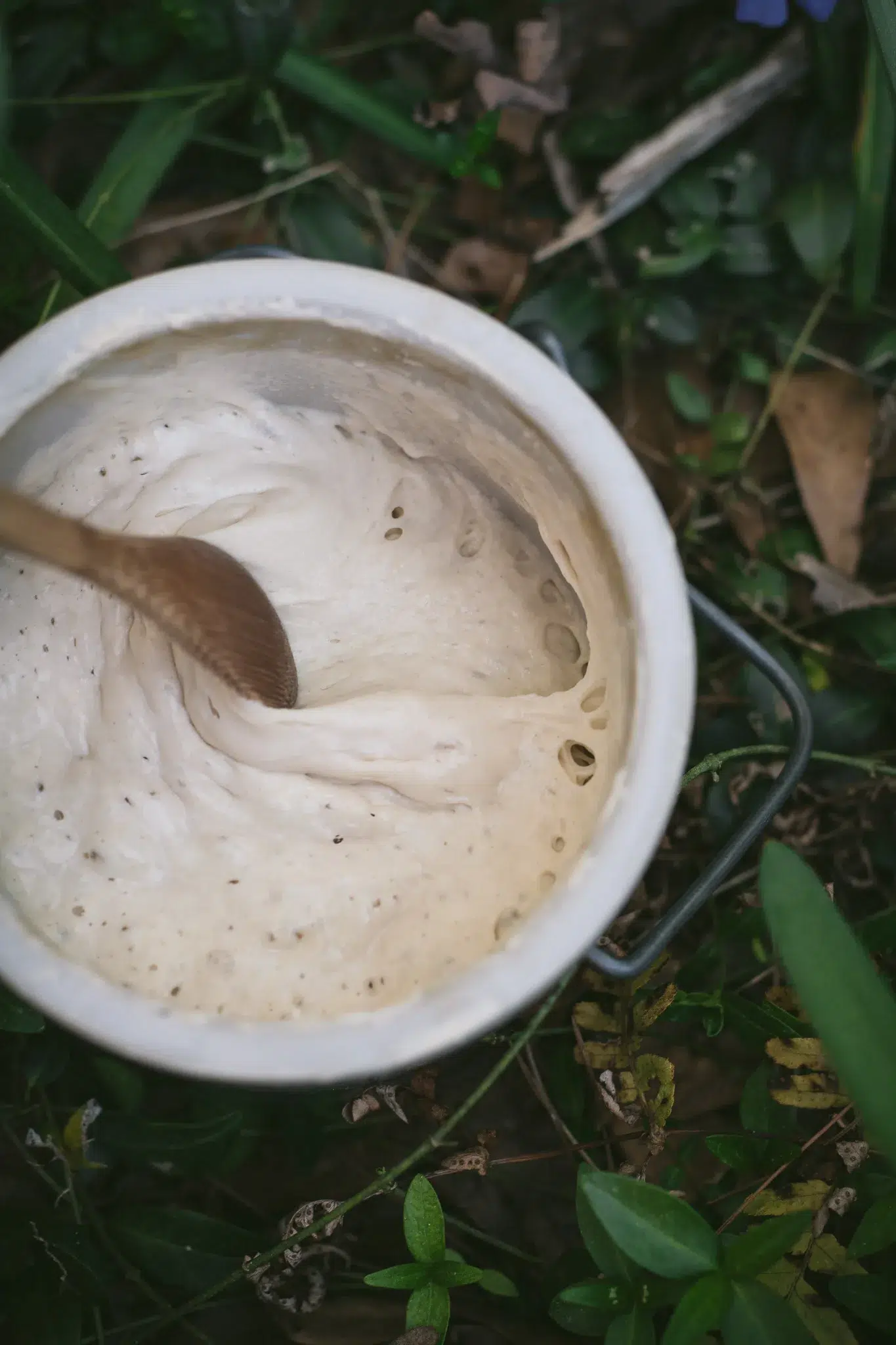
The float test
While this test is not 100% accurate, it can be a good indicator that your starter is ready to bake with. If it floats, it’s ready. If it sinks, it is not.
Look for the right texture
I can share all the sourdough starter tips in the world, but if you don’t know what texture to look for, they will not help you. You’re looking to see lots of bubbles and activity in your starter. I look for an elastic, almost stringy texture with many air bubbles (see picture). You want your starter to be spongy and stretchy when you touch it.
Doming
If the top of your starter has formed a tall dome, that means it has good activity and is probably ready for baking. Look at it from the side for a rounded, dome-like structure.
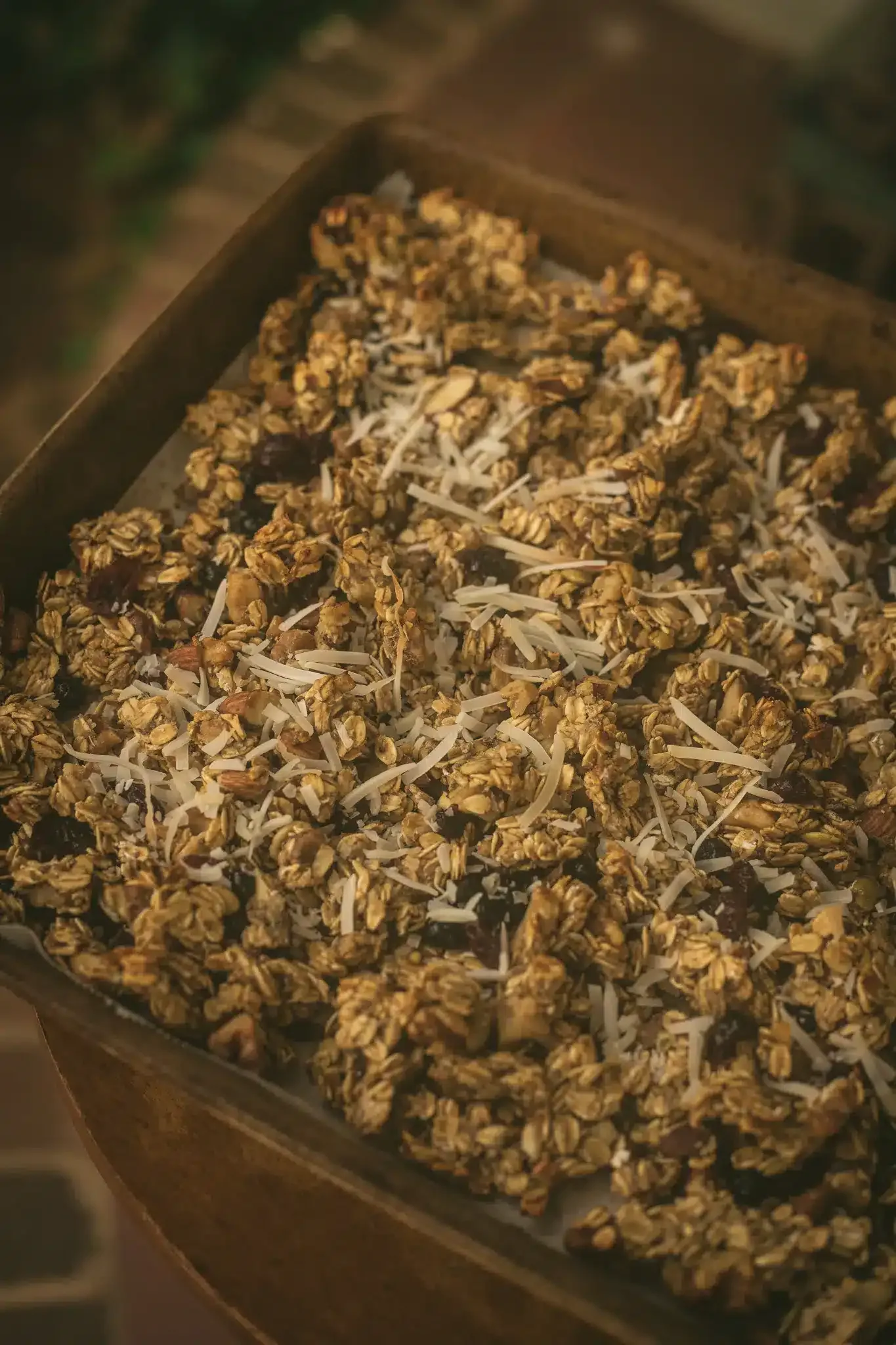
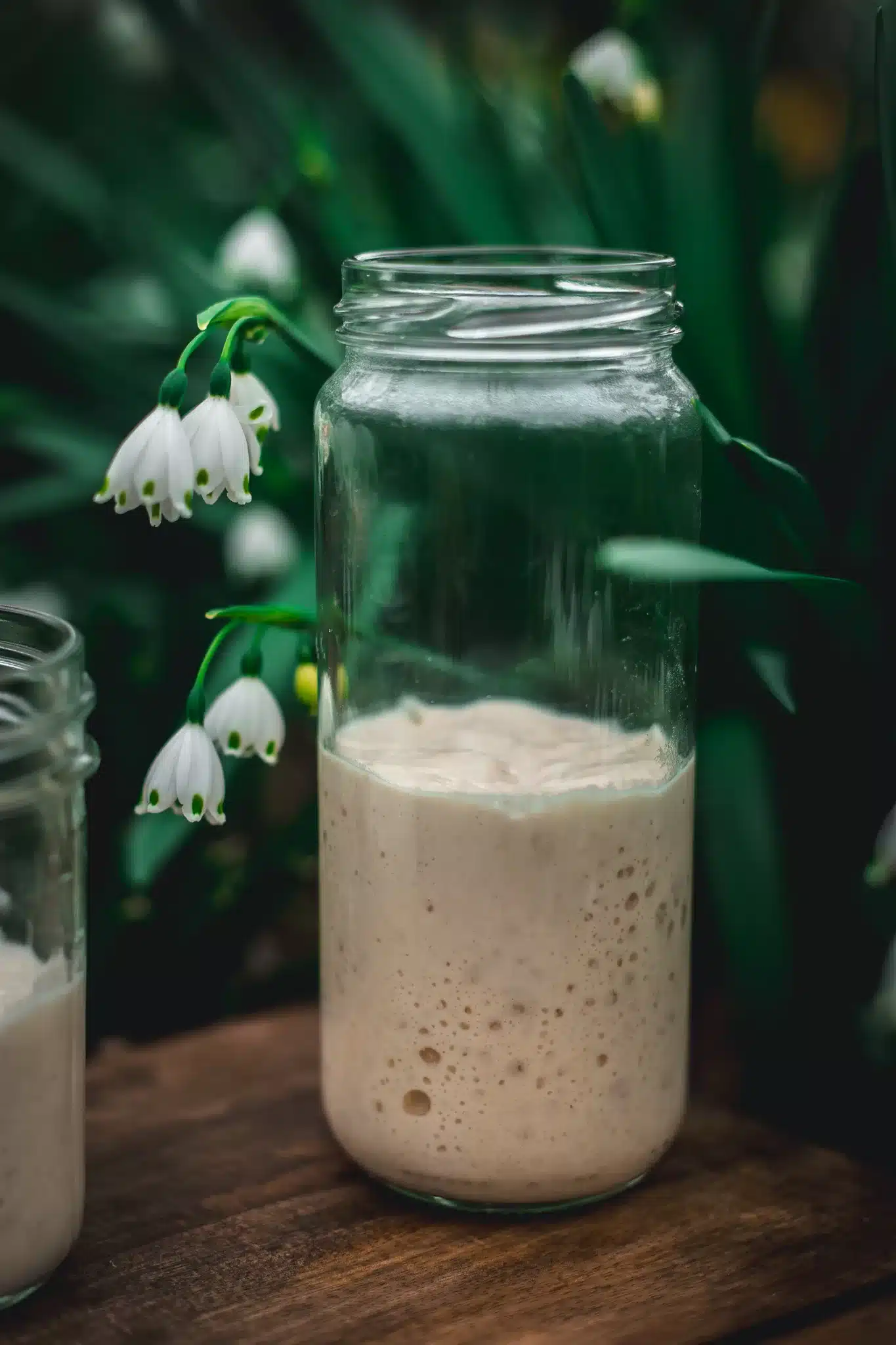

Leave a Reply